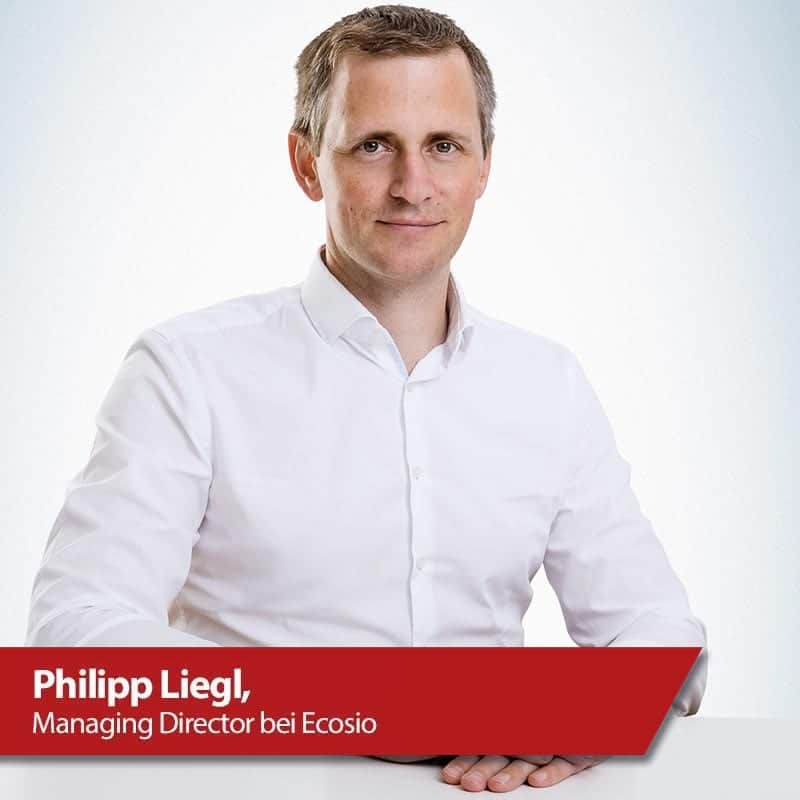XBilling ante portas - what does that mean for Homo SAPiens?
![[shutterstock.com: 97080425, SergeyBitos]](https://e3magpmp.greatsolution.dev/wp-content/uploads/2020/10/shutterstock_692002138.jpg)

The mandatory use of electronic invoices in business with public institutions is coming. Suppliers to German public authorities are now facing new procedural and organizational challenges and must digitize and adapt their workflow. And in the middle of it all is Homo SAPiens.
While up to now invoices to public authorities have simply been sent in paper form or as PDF documents, people across the EU are finally looking to benefit from an automated approach. However, in order for invoices to be processed automatically (i.e. by the machine), they must be sent in a structured electronic format.
Homo SAPiens Automatus
The German variant for implementing this EU regulation, which makes perfect sense, is XRechnung. As CIUS (Core Invoice Usage Specification), this is fully compatible with the European specifications, but also has a few specifically German specifications. The German authorities have already implemented these for themselves and should now be able to receive and process XInvoices.
XInvoice requires the use of a structured electronic message format - otherwise automated message sending is not even possible. In the case of XInvoice, this means switching from PDF or paper to an XML schema - either the UBL (Universal Business Language) or UN/CEFACT CII (Cross-Industry-Invoice) syntaxes are supported.
In German, this means that every invoice must be digitized or converted in a structured manner for appropriate processing in the computer. Then the shipping processes themselves also want to be adapted. Keyword: outgoing invoice workflow in the ERP system. Homo SAPiens is therefore facing the next stage of development: Homo SAPiens Automatus.

The XInvoice format is based on a structured data format - just like the IDoc format commonly used in SAP. If e-invoices are to be sent to a public administration agency, an invoice in IDoc format must be converted to XInvoice format. This should preferably be done automatically and without errors - so we need a deus ex machina. Fortunately, there are a few gods to choose from here, which can be nicely locked back into the SAP box, pardon me, integrated.
Routing via Peppol
XInvoices must not only be created, but also sent correctly. This is done via e-mail or via the Peppol network. The method of dispatch varies from authority to authority - while some administrative offices are already connected to the Peppol network (Peppol, by the way, refers to a delivery infrastructure and a legal framework for the exchange of e-documents in B2G and B2B), others are still pushing dispatch by e-mail. For this, companies need a Peppol access point. Here, too, there are specialized EDI service providers or the path to SAP itself.
Peppol also offers other advantages besides XInvoice compliance. Peppol is becoming increasingly popular worldwide, supports various country-specific profiles internationally and is considered a future-proof transmission protocol.
For SAP users, it is therefore important to integrate the functions required for the correct creation, successful dispatch and reliable monitoring of XRechungen. For example, SAP itself offers either SAP Cloud Platform Integration or the eDocuments Framework and Application Interface Framework.
The SAP Cloud Platform, developed as a Platform-as-a-Service solution, enables in-house developers to program their own applications or extend existing ones in a cloud-supported software framework. Internally, appropriate EDI and e-invoicing expertise must be available. Preconfigured integration flows are available for some scenarios - e.g. for integration with the Peppol network.

eDocuments Framework and Application Interface Framework (AIF) were developed by SAP specifically for e-invoicing needs. eDocuments converts documents into a common e-invoice format (such as XML) and then converts them into the target format, i.e. XInvoice, using the AIF. Individual packages for individual countries can be imported individually, but Peppol is not included here.
Here, either SAP Cloud Platform must be purchased again or an EDI service provider helps out. Third-party providers are also an option. Especially if there is no internal expertise in XInvoice, EDI mapping, routing and monitoring, going to an EDI service provider for the correct implementation of XInvoice can save a lot of costs and grief.
XBill, we greet you
So can we actually be happy about the XBill? We think so. If the company reacts correctly, it will enable us to climb to the next evolutionary level and make the human-SAP connection even more harmonious. However, whether Homo SAPiens Automatus can survive and reproduce properly depends on how well companies manage to integrate XInvoice, Peppol and everything that goes with it into the existing SAP system.







